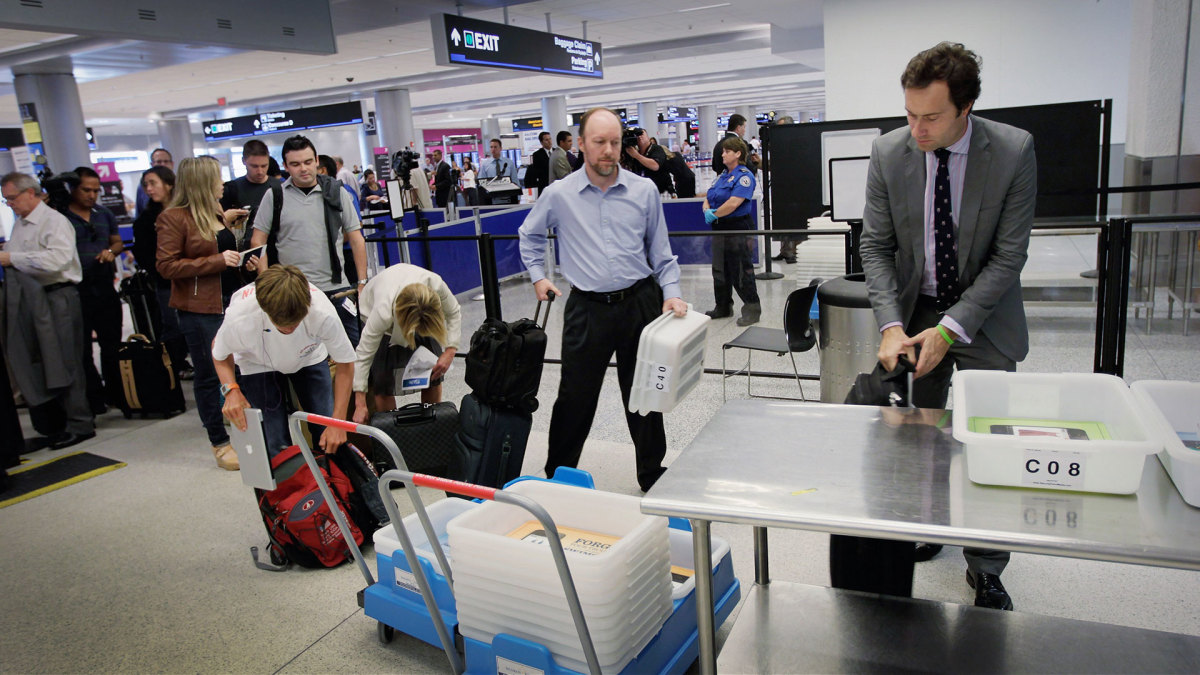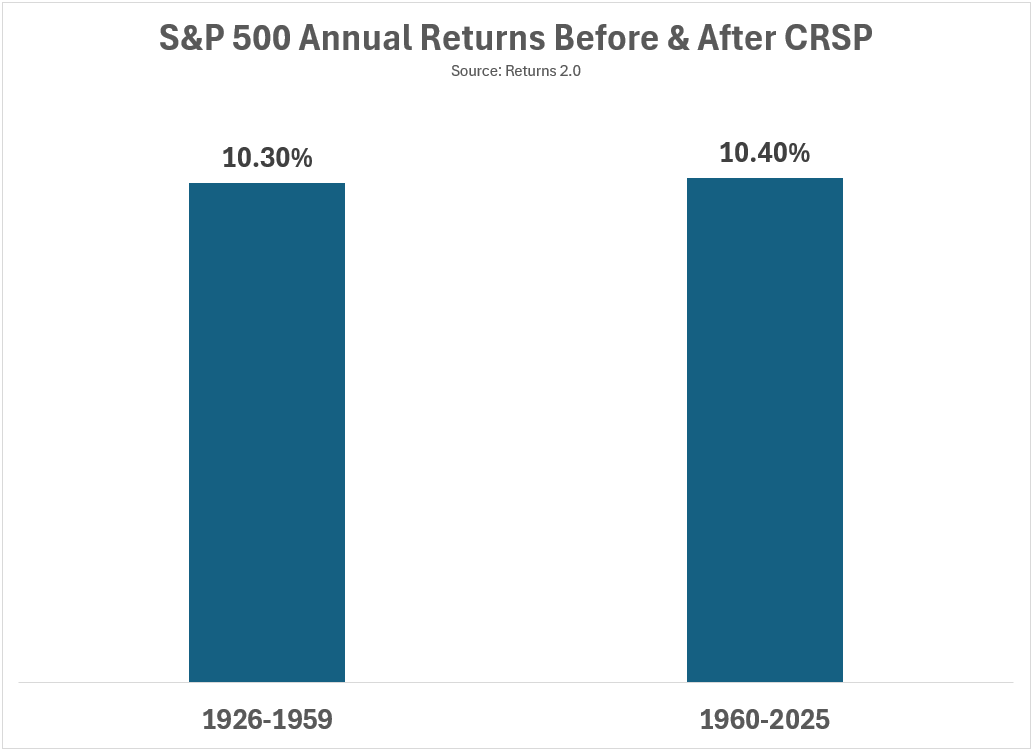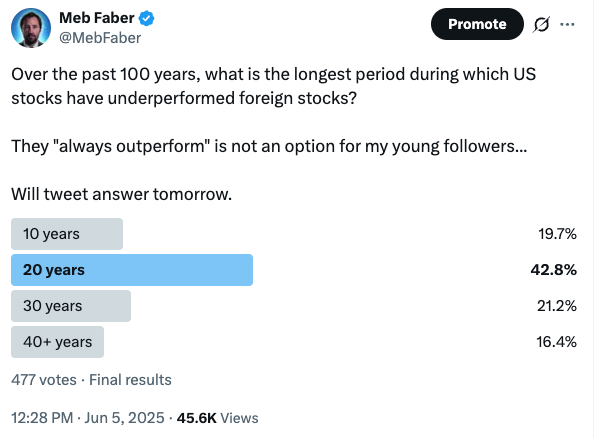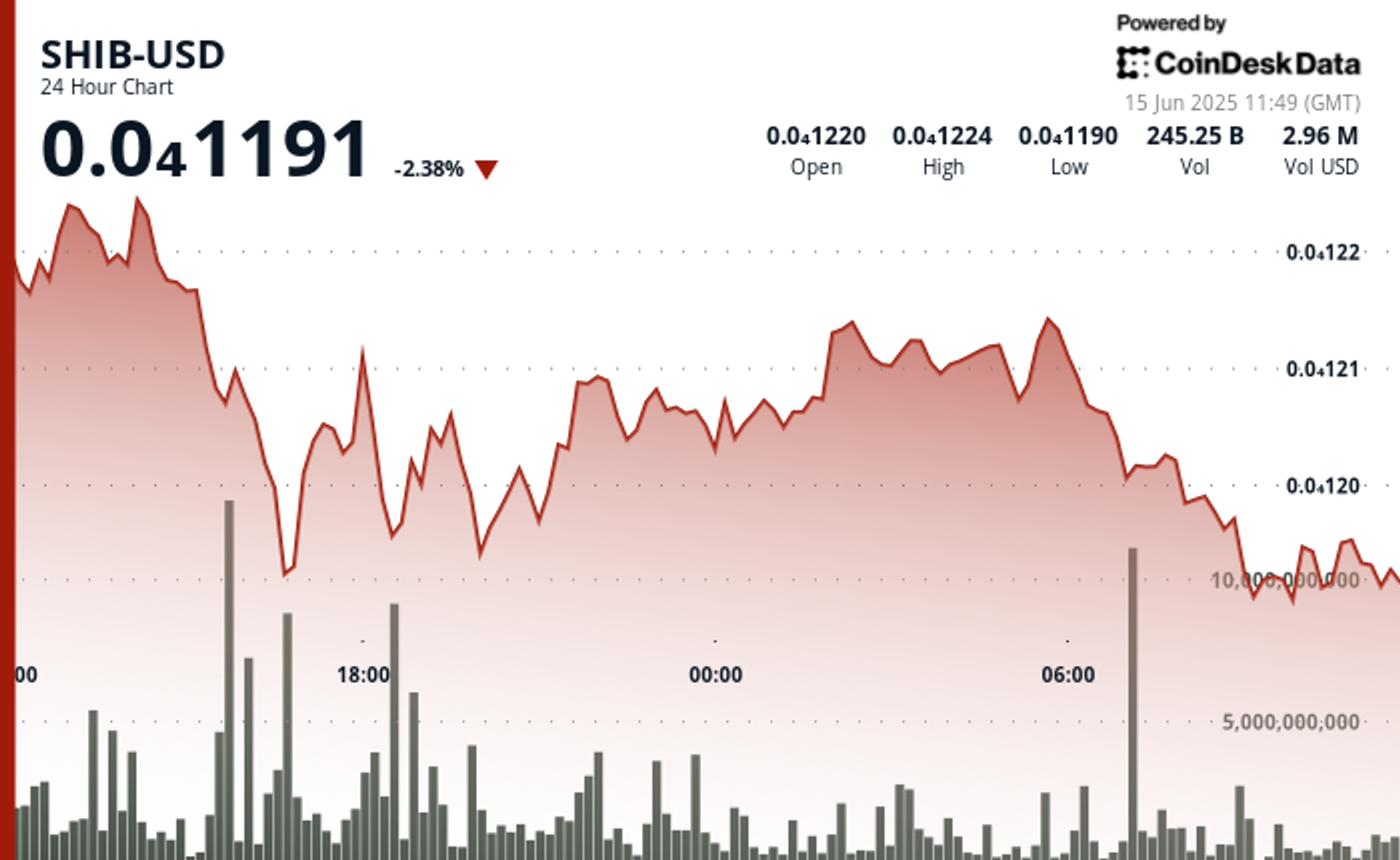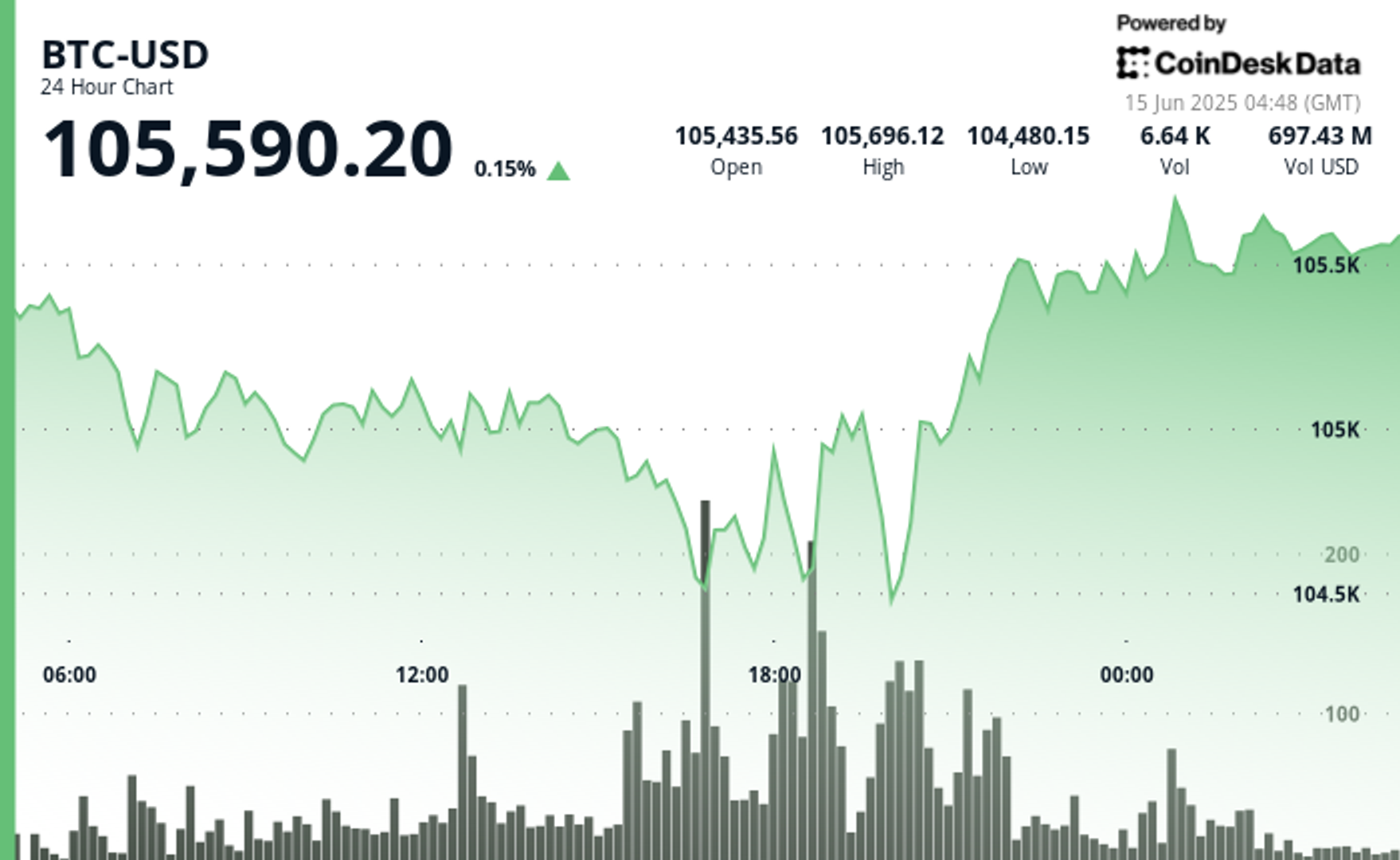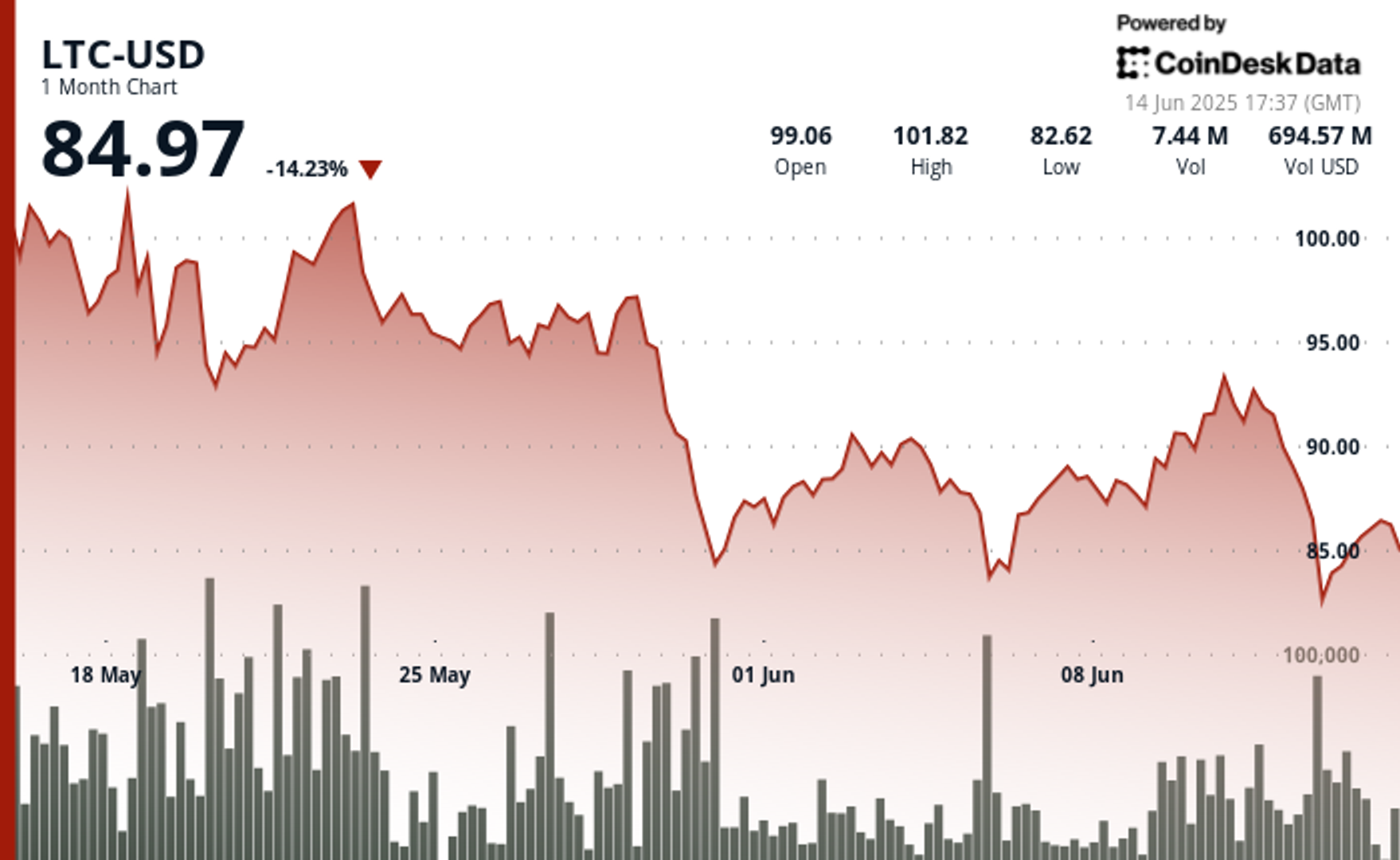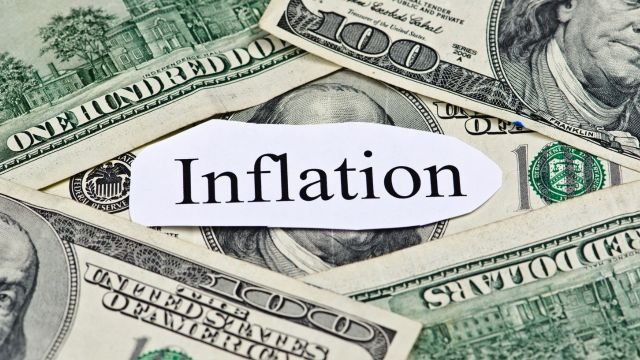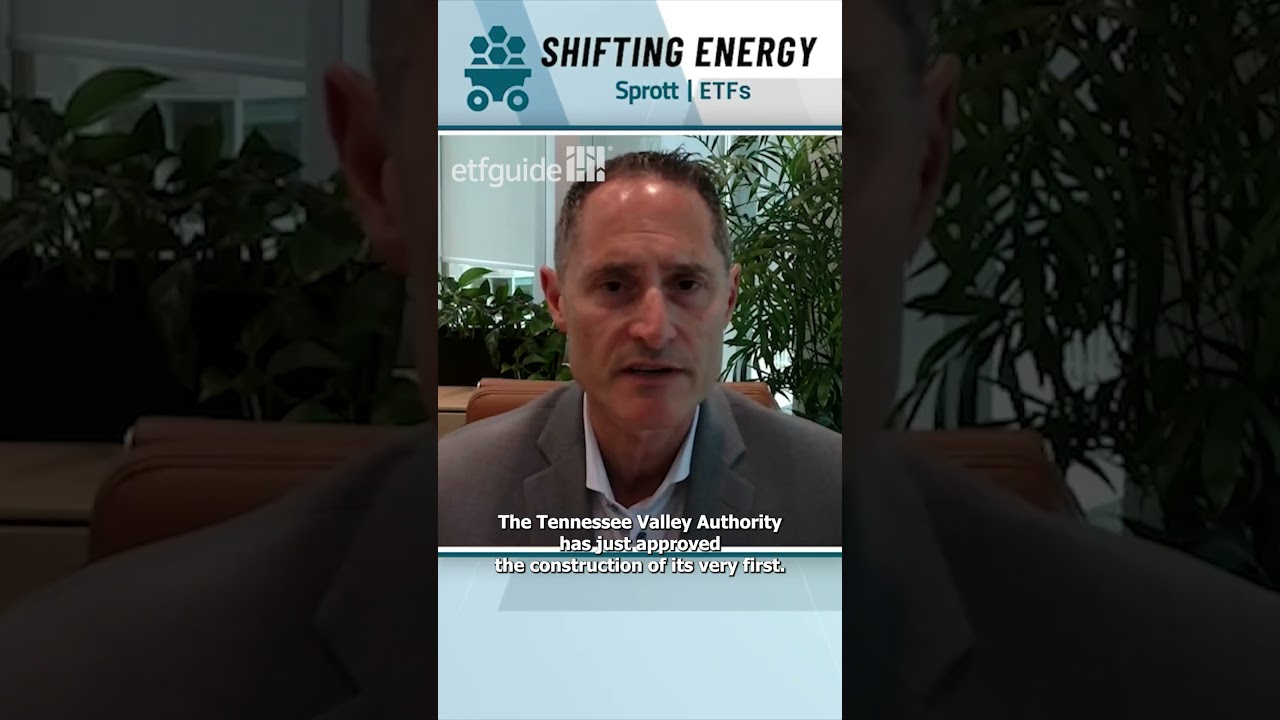I’m Turning 62 Soon – How Do I Start Collecting Social Security Without Losing Benefits?
Receiving Social Security benefits at age 62 marks the earliest opportunity for many Americans to tap into their retirement earnings, offering a financial lifeline as they transition from full-time work to a more flexible lifestyle. However, claiming benefits this early comes with trade-offs that significantly impact the amount received and the flexibility to earn additional […] The post I’m Turning 62 Soon – How Do I Start Collecting Social Security Without Losing Benefits? appeared first on 24/7 Wall St..

Key Points in This Article:
-
There are significant implications to starting Social Security benefits at 62, including a reduced monthly amount and an earnings limit of $23,400 in 2025 that impacts part-time work.
-
It is essential for beneficiaries to apply three to four months early, track income, consult a financial advisor, use SSA online tools, and keep earnings below the limit until full retirement age.
-
Are you ahead, or behind on retirement? SmartAsset’s free tool can match you with a financial advisor in minutes to help you answer that today. Each advisor has been carefully vetted, and must act in your best interests. Don’t waste another minute; get started by clicking here.(Sponsor)
Receiving Social Security benefits at age 62 marks the earliest opportunity for many Americans to tap into their retirement earnings, offering a financial lifeline as they transition from full-time work to a more flexible lifestyle.
However, claiming benefits this early comes with trade-offs that significantly impact the amount received and the flexibility to earn additional income. Starting at 62 permanently reduces your monthly benefit by up to 30% compared to waiting until your full retirement age (FRA), which is 67 for those born in 1960 or later.
This reduction reflects the longer payout period, as you’ll receive benefits for more years, but it also means a lower baseline amount that won’t increase with delayed credits. Additionally, if you continue working, an earnings limit applies — $23,400 in 2025. If you earn more than this before reaching FRA, your benefits are reduced by $1 for every $2 you earn over the limit. This limitation can complicate financial planning, especially for those intending to work part-time, since income earned before you start receiving benefits can affect your initial payout.
How to Begin the Process
That’s the situation a Redditor on the r/SocialSecurity subreddit faces as he turns 62 in September and wants to begin receiving benefits. However, he has questions about when he should actually apply and when he will begin receiving the benefit. While he wants to continue working part-time, he knows his income will be limited.
With the Redditor turning 62 in September, he becomes eligible to start receiving Social Security benefits in October, as benefits typically begin the month after you reach 62, provided you apply in advance. That means applying to the Social Security Administration (SSA) three to four months prior, around July, is a smart move to ensure a smooth start.
The SSA system should guide you through the process when you apply online or in person, confirming your eligibility and payment schedule. You can initiate this via the SSA website, which will notify you of your exact benefit amount based on your earnings record.
Balancing Benefits Against Income Limits
I’m not a financial planner or tax professional, so these are only my opinions, but the Redditor’s concerns about the earnings limit are understandable. The rules, though, are specific but manageable with planning. The earnings test applies only to income you earn after you start receiving benefits, not to your income from the previous year.
For 2025, the limit is indeed $23,400 annually, and if you earn above this while under FRA, $1 is deducted from your benefits for every $2 over the limit. Since he would be starting benefits in October, only his earnings from that point forward count toward the limit for the remainder of 2025.
However, if he worked part-time in 2024 or earlier, those earnings won’t affect his initial benefits unless they change his 35 highest-earning years, which the SSA uses to calculate his baseline benefit. For 2025, since benefits start mid-year, the SSA prorates the earnings limit to about $1,950 per month. However, he’ll need to ensure his earnings do not exceed $1,950 in any month he receives benefits in 2025, as the SSA applies a monthly limit for the first year you claim benefits before FRA.
The Redditor’s desire to work part-time is feasible, but timing is key. Since he’ll be under FRA until 67, keeping his 2025 earnings below $23,400 from October onward will help receive the full benefit amount without reductions. For example, if he earns $25,000 from October to December — $1,600 over the limit — his benefits could be reduced by $800 for the year, though this is recalculated and credited back after FRA.
Key Takeaways
The process begins with applying in July. Use the SSA’s online portal or visit a local office to submit your application, ensuring all documents (like your birth certificate and tax records) are ready. Keep meticulous records of your earnings, as overages can lead to adjustments or repayments if not reported promptly.
Consulting a financial advisor could tailor your income strategy, balancing part-time work with savings or other income sources. The SSA’s online tools, like the Retirement Earnings Test Calculator, offer personalized estimates to track how your part-time work impacts benefits.
Lastly, plan to limit your monthly earnings to $1,950 for each month you receive benefits in 2025 until you reach FRA to avoid reductions, adjusting hours or roles as needed to secure your financial future.
The post I’m Turning 62 Soon – How Do I Start Collecting Social Security Without Losing Benefits? appeared first on 24/7 Wall St..






































